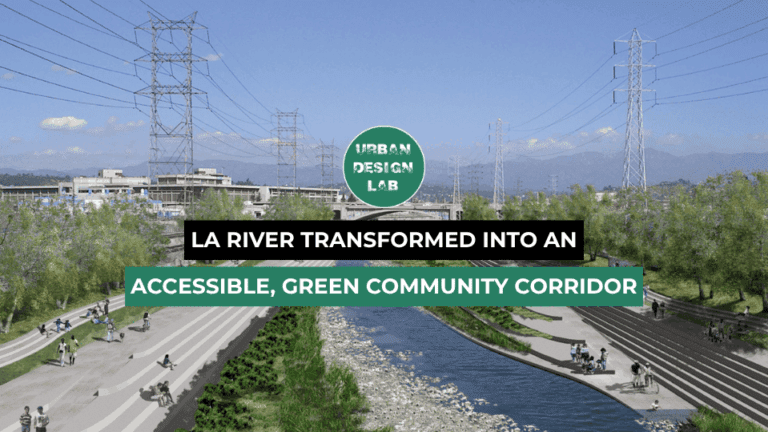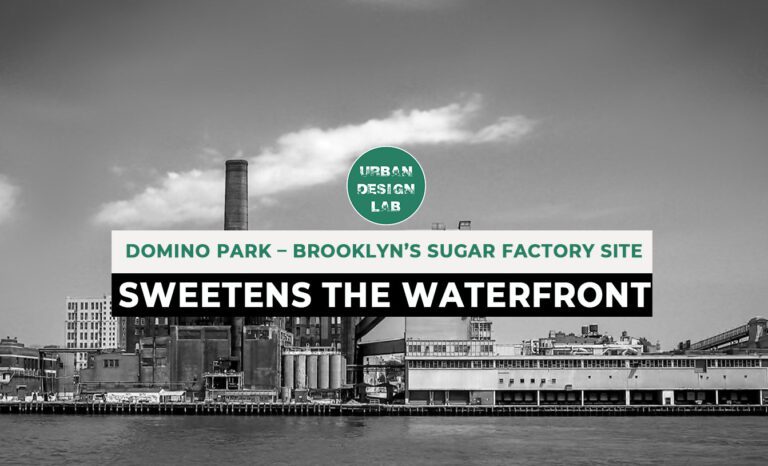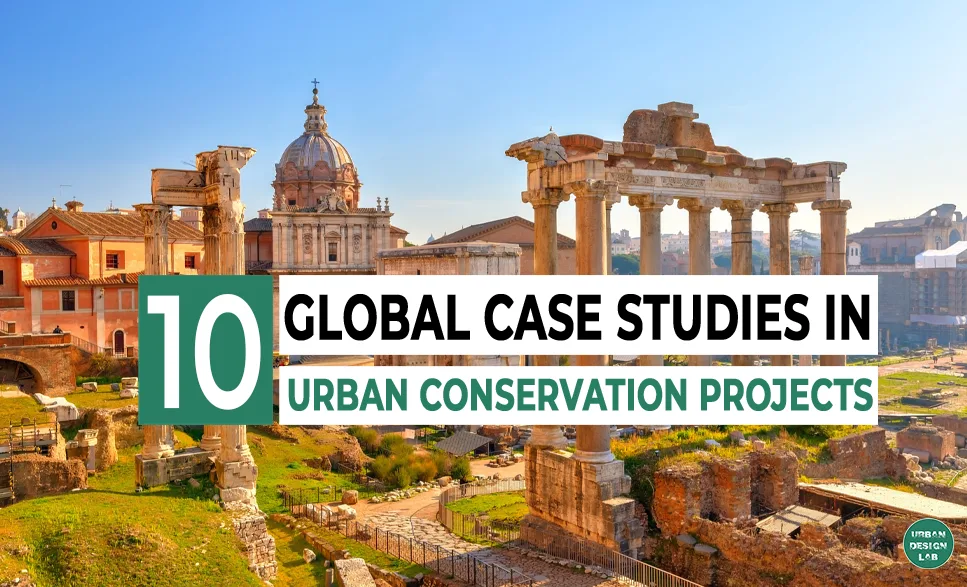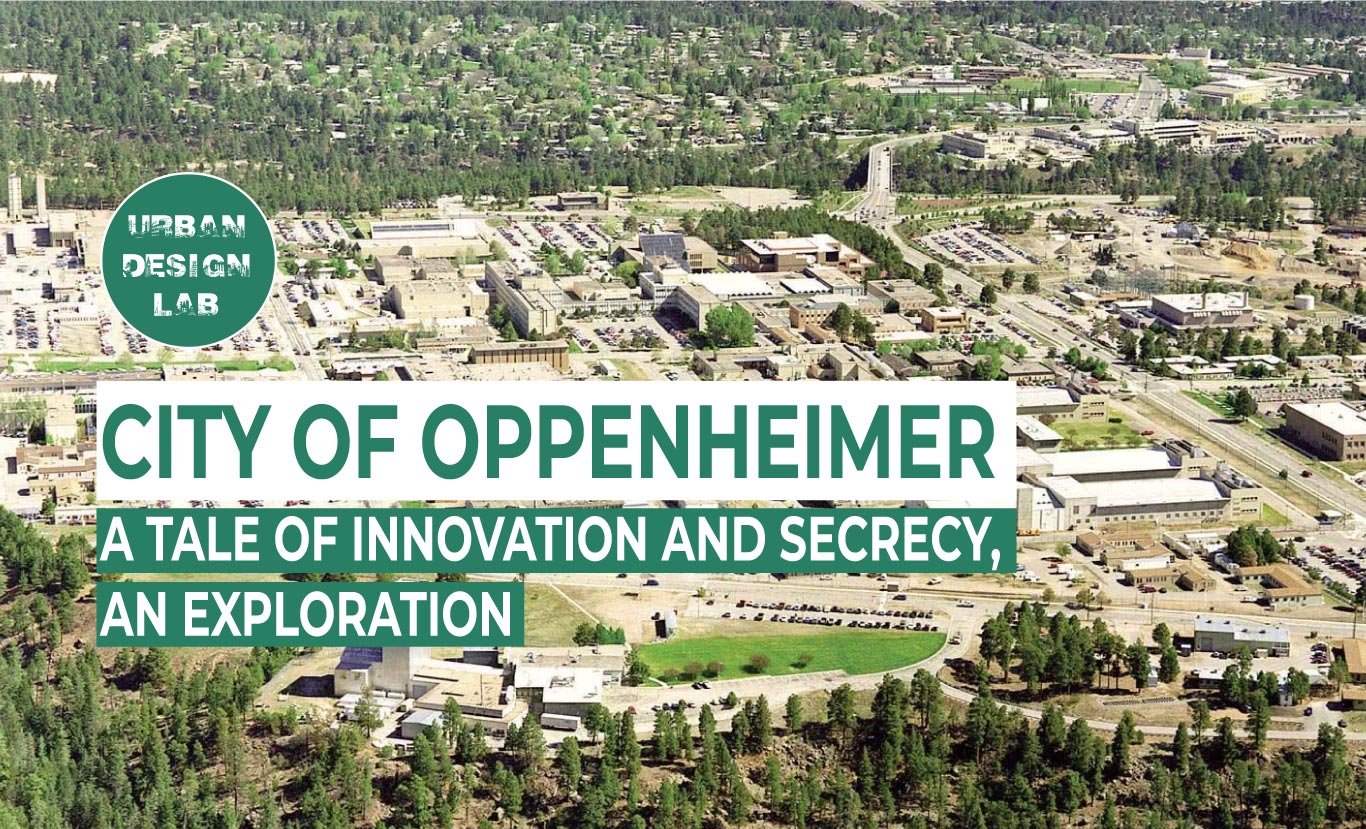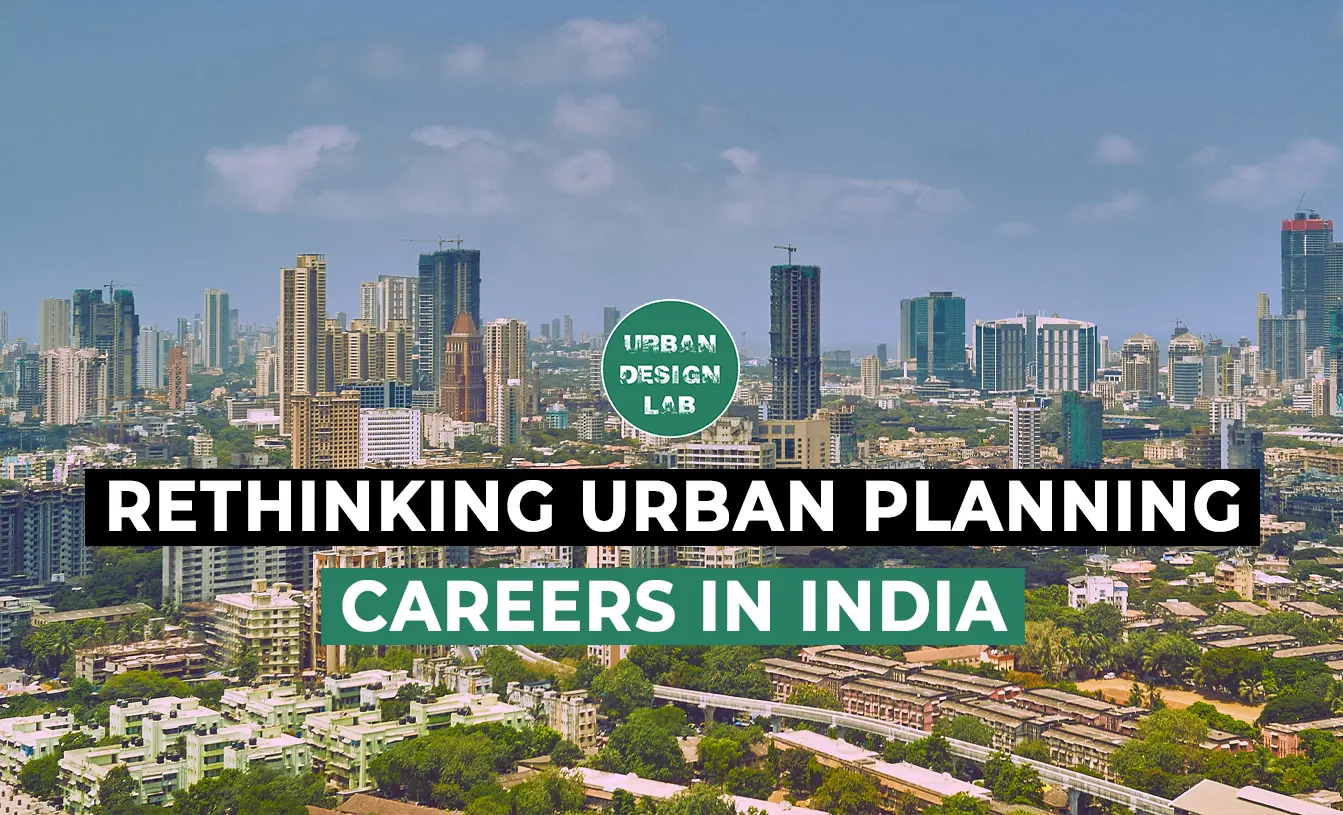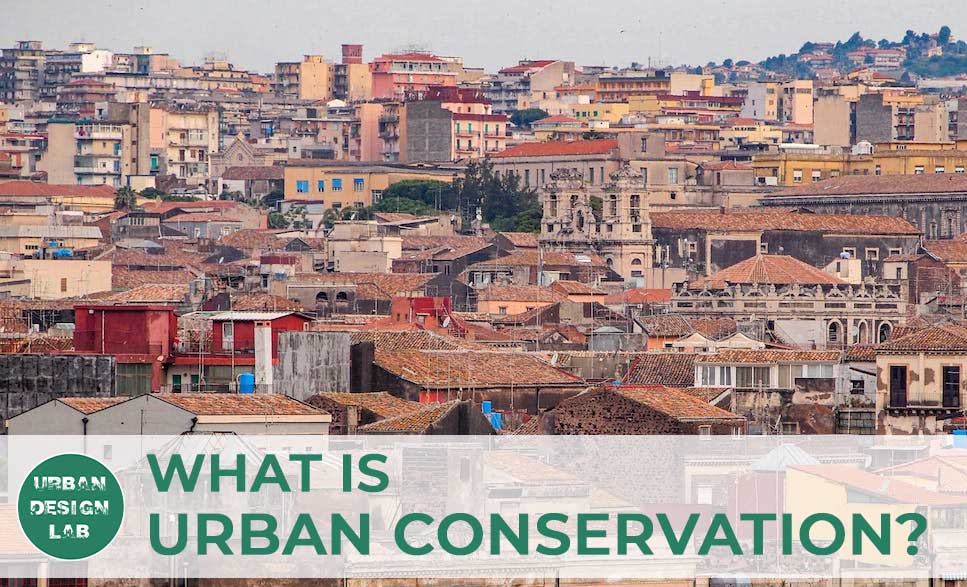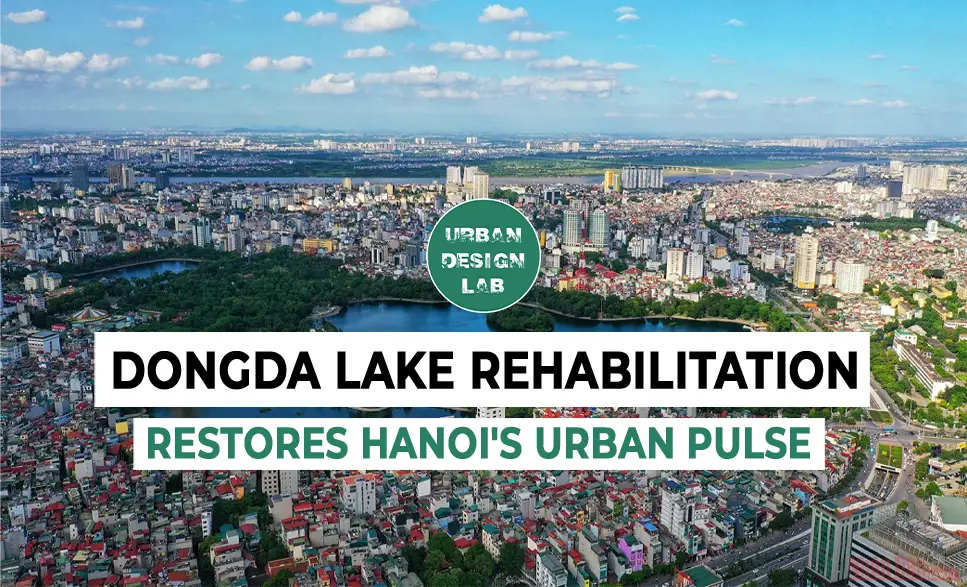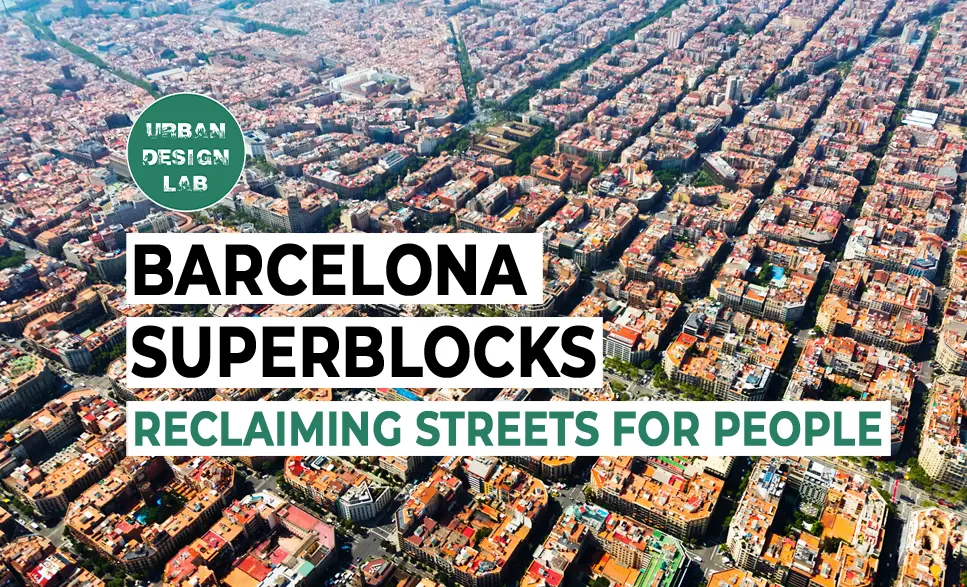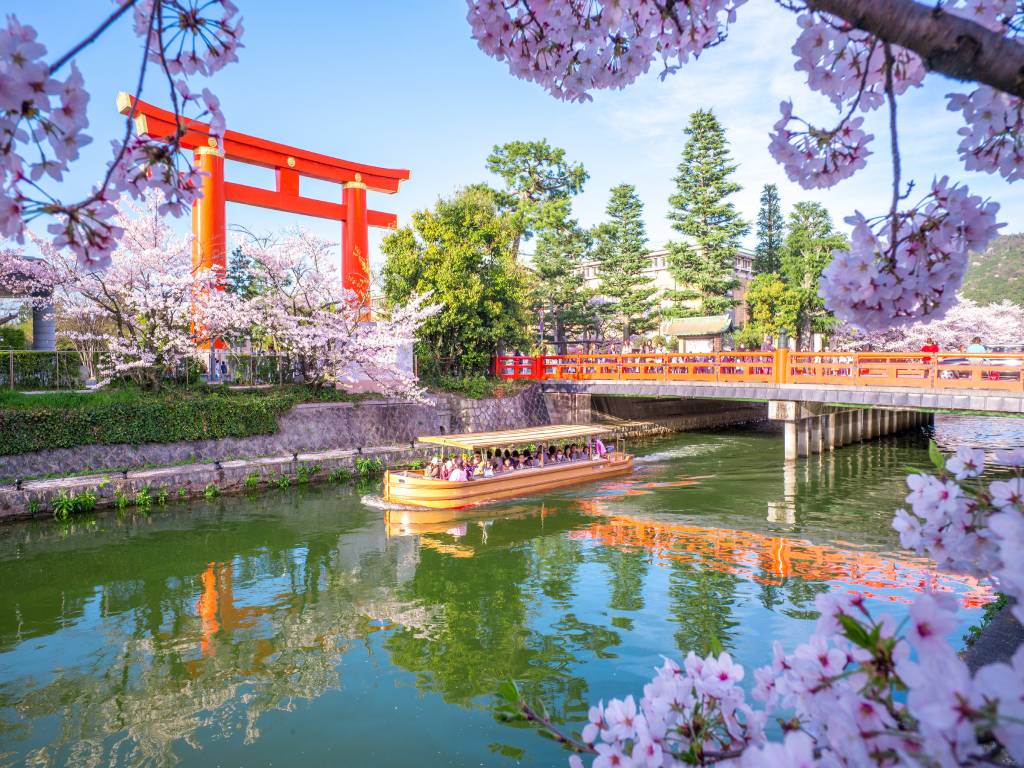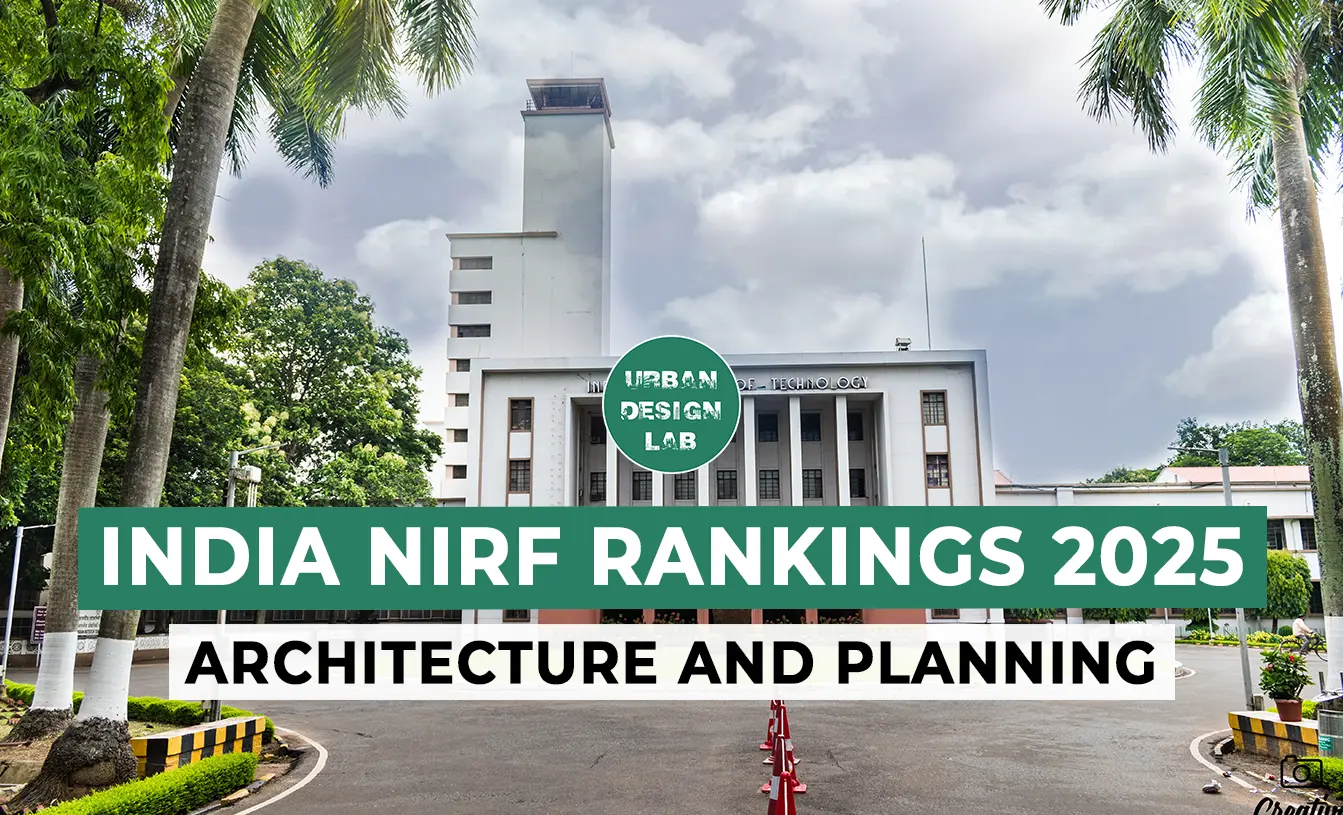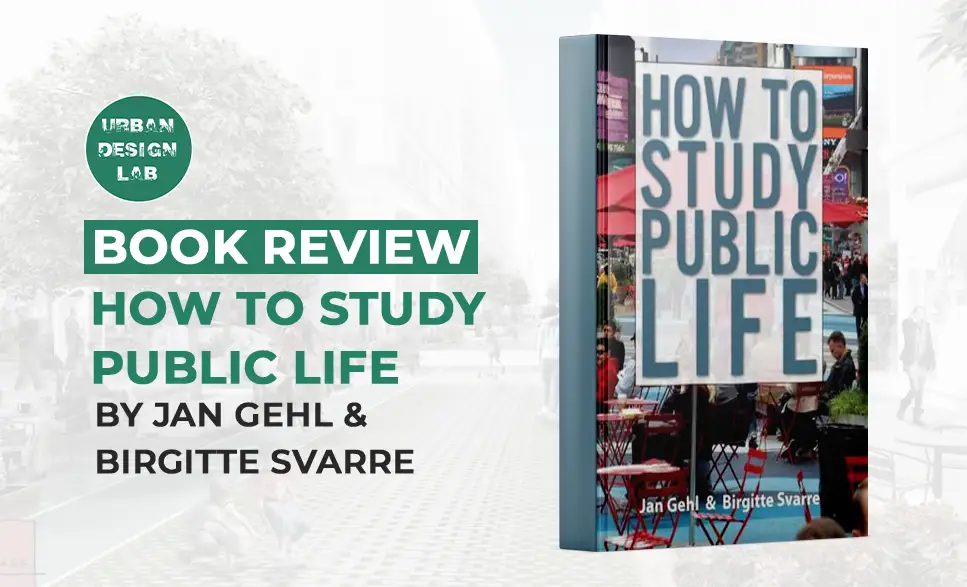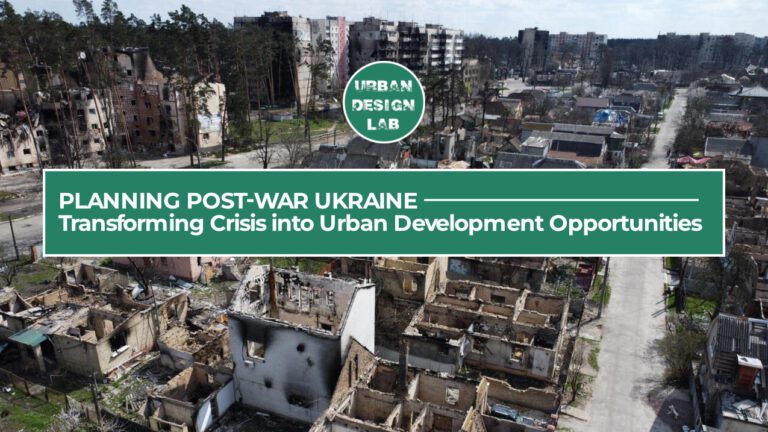
How Sabarmati Riverfront Development is Revitalizing Ahmedabad
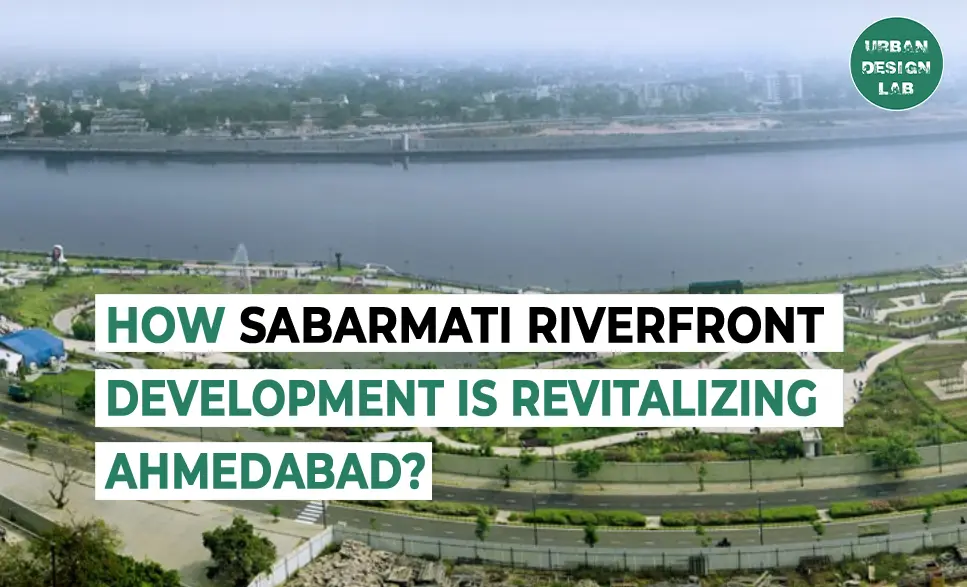
The Sabarmati Riverfront Development in Ahmedabad is a landmark urban renewal project that has transformed 11 kilometers of previously underutilized riverbanks into thriving public spaces. By focusing on sustainability and environmental restoration, the project incorporates water from the Narmada Canal to maintain a consistent river flow while installing sewage treatment plants to improve water quality. The construction of embankments and controlled river channeling significantly reduces the city’s historic flood risks, while the reclamation of floodplains opens up opportunities for urban expansion. Socially, the riverfront has become a central gathering place, fostering social cohesion through its parks, promenades, and plazas. The project successfully integrates green spaces, recreation, and environmental consciousness into urban life, redefining Ahmedabad’s relationship with the Sabarmati River. It showcases how cities can prioritize inclusivity, environmental sustainability, and community engagement, transforming public spaces into vibrant arteries of urban life.
An overview of the Project
The Sabarmati Riverfront Development is a transformative urban project in Ahmedabad that rejuvenated the city’s connection with its historic river. Through a combination of flood control measures, environmental sustainability, and the creation of public spaces, the project turned the once-polluted river into a vibrant hub of community activity, boosting tourism, local businesses, and enhancing the quality of life for residents. The project serves as a model for urban renewal, showcasing the potential of thoughtful planning in addressing both environmental and social challenges.
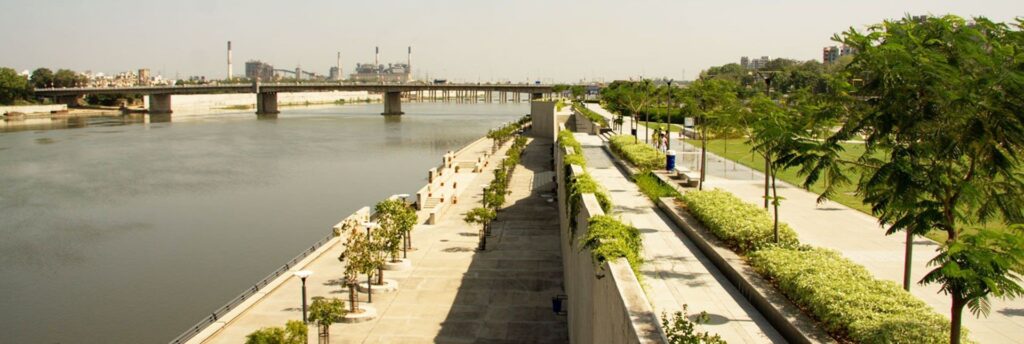
Need of the project
For years, Ahmedabad’s identity has been closely tied to the Sabarmati River, a lifeline running through the heart of the city. Yet, as urbanization accelerated through the late 20th century, the Sabarmati fell into neglect. Pollution, erratic water supply, and encroachment degraded this once-vibrant waterway, rendering it a stagnant border between two halves of the growing metropolis.
By the late 1990s, it became clear that the city’s growth needed a radical rethinking. The Sabarmati Riverfront Development Project was born out of this urgent necessity. Led by the internationally renowned architect Bimal Patel, the project sought to reclaim the river, not just as a natural resource but as an integral element of urban living. Patel, known for his commitment to sustainable and inclusive urban design, envisioned the transformation of 11.25 kilometers of riverbanks into a dynamic public space that integrated environmental, social, and infrastructural objectives.
The project’s impact is striking. The Sabarmati Riverfront has improved flood management by restoring river depth and enhancing embankments, reducing the annual risk of flood-related damage that once threatened nearly 20% of the city’s population. Furthermore, sustainable practices have reintroduced biodiversity, while wastewater treatment systems address pollution at the source. Beyond environmental rejuvenation, the project added over 200 hectares of new public spaces, walking paths, parks, and cultural venues, fostering social interaction and community life in a city of over 8 million people.
This transformation of Ahmedabad’s riverfront serves as a compelling model for cities around the world grappling with the twin challenges of urban sprawl and environmental degradation.

Source: Website Link
Salient features
A key element in the success of the project was the extensive reclamation of the riverbanks, where approximately 11 kilometers of the waterfront were meticulously developed to create vibrant recreational spaces. These areas now feature parks, promenades, plazas, and other public amenities, designed to foster a sense of community for the residents of Ahmedabad. The focus on inclusivity and accessibility has truly transformed the Sabarmati River into a welcoming communal space, inviting individuals from all walks of life to engage with the river. Whether it’s for walking, jogging, cycling, or simply unwinding by the water, the riverfront has evolved into a vital artery of community life. It offers a serene environment for leisure, while also encouraging healthy, active lifestyles. In doing so, the Sabarmati Riverfront has not only revitalized the city’s relationship with the river but has also become a cornerstone of social interaction and urban development, integrating nature and urban living harmoniously.

Landscaping the bank
From an environmental perspective, the project is noteworthy for its robust sustainability measures. A key feature is the use of water from the Narmada Canal, which ensures that the Sabarmati River maintains a consistent and controlled flow throughout the year, avoiding seasonal fluctuations that previously left the river dry for extended periods. This reliable water flow has been crucial in revitalizing the river’s ecosystem, making it a continuous, vibrant part of the city’s landscape. In addition to this, advanced sewage treatment plants have been installed along the riverbank, preventing untreated waste and pollution from entering the river. These plants ensure that only treated, clean water is discharged, leading to a significant improvement in water quality. As a result, the project has not only restored the health of the river but has also enhanced biodiversity in and around the riverbanks, creating a cleaner, more sustainable environment.
A barrier to the floods
The newly constructed embankments serve as robust barriers, containing the river’s waters within safe limits, even during heavy rainfall. This system ensures that excess water is efficiently managed and directed, preventing overflows into urban areas. By regulating the river’s flow and establishing designated channels, the project has created a secure environment that minimizes the likelihood of floods.
In addition to reducing flood risks, the reclamation of floodplain land has unlocked new opportunities for urban development. Previously, these flood-prone areas were largely underutilized, but now, with enhanced protection in place, they have been transformed into valuable real estate for city expansion. This reclaimed land has not only facilitated the creation of parks, public spaces, and recreational areas but also opened up space for infrastructure projects, housing, and commercial developments, contributing to the city’s growth while ensuring the safety of these areas from future flooding.
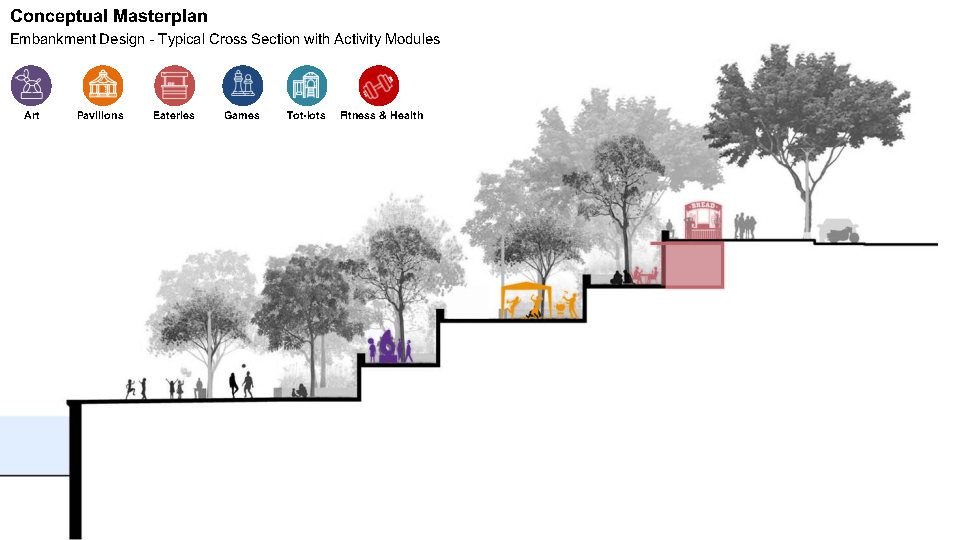
The boost to locals
Economically, the riverfront development has given a significant boost to tourism and local businesses. It has become a popular destination for cultural events, festivals, and everyday activities, bringing both local residents and international tourists to the area. It hosts the weekly Ravivari Bazaar (Sunday market), bustling with local vendors. This increased activity has revitalized nearby neighborhoods, spurred local economic growth, and raised property values along the riverfront. The development has helped stimulate a ripple effect of urban renewal throughout Ahmedabad, inspiring further city-wide planning initiatives.
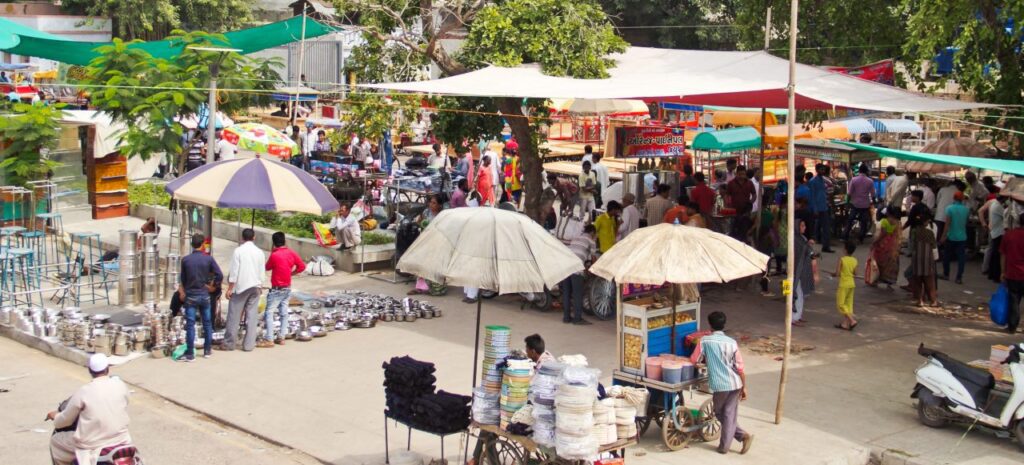
A social space
Sabarmati Riverfront has redefined the urban experience in Ahmedabad by integrating green spaces with modern urban living. It offers a refreshing contrast to the hustle and bustle of the city, allowing people to reconnect with nature in the midst of urban life. By prioritizing open, green spaces within a metropolitan area, the project has set a new standard for what urban life can be—one where nature, culture, and environmental sustainability coexist harmoniously. The incorporation of environmentally friendly practices, such as pollution control and water management, into the design of the riverfront underscores a vision of urban development that is not only socially enriching but also ecologically responsible.
The riverfront’s revitalization has also contributed to a heightened appreciation for Ahmedabad’s cultural heritage. With the riverfront now serving as a venue for cultural exhibitions, performances, and festivals, it has become a space where the city’s rich traditions and contemporary life converge. This seamless blending of culture, recreation, and environmental consciousness has given the residents of Ahmedabad a new perspective on what their city can offer.
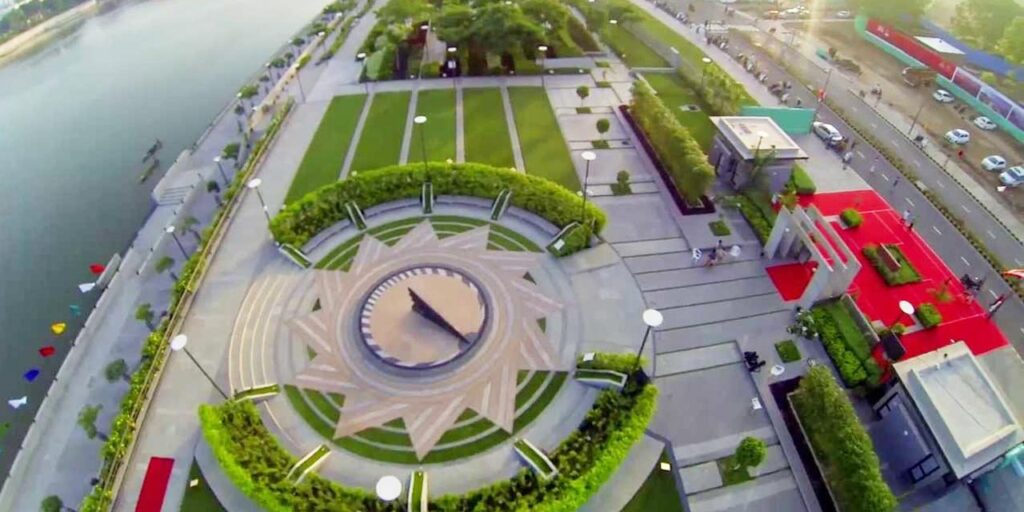
Conclusion
The Sabarmati Riverfront Development is a shining example of how urban projects can revitalize both the physical environment and the social fabric of a city. By transforming a neglected, polluted river into a vibrant public space, the project has brought enormous benefits to Ahmedabad in terms of environmental sustainability, economic growth, and social engagement. It serves as a model for cities around the world looking to balance development with sustainability, proving that thoughtful urban planning can create spaces that are not only functional but also inclusive and enriching for the community.
References
- Desai, V., & Joshi, A. (2016). Urban riverfront development: A study of the Sabarmati Riverfront, Ahmedabad. Journal of Urban Planning and Development, 142(3), 04016010.
- Shah, P., & Patel, D. (2018). Reimagining the urban river: The Sabarmati Riverfront project. Sustainable Cities and Society, 37, 365-374.
- Patel, R., & Mehta, N. (2015). Flood management and urban planning: Lessons from the Sabarmati Riverfront. International Journal of Water Resources Development, 31(4), 596-610.
- Mathur, M., & Desai, R. (2017). The impact of riverfront development on urban sustainability: A case study of Ahmedabad. Environment and Urbanization Asia, 8(2), 240-254.
- Sinha, S. (2019). Integrating sustainability into riverfront development: The Sabarmati Riverfront. Journal of Environmental Management, 231, 208-216.

Kartikeya Mishra
About the Author
Kartikeya Mishra is an undergraduate student working towards a Bachelor’s degree in Urban and Regional Planning at the School of Planning and Architecture, Bhopal. He is particularly passionate about various urban planning domains, including climate change, urbanism concepts, road safety, and urban design. In addition to his academic pursuits in urban planning, Kartikeya is also an accomplished graphic designer and photographer.
Related articles
UDL GIS
Masterclass
GIS Made Easy – Learn to Map, Analyse, and Transform Urban Futures
Session Dates
23rd-27th February 2026

Urban Design Lab
Be the part of our Network
Stay updated on workshops, design tools, and calls for collaboration
Curating the best graduate thesis project globally!

Free E-Book
From thesis to Portfolio
A Guide to Convert Academic Work into a Professional Portfolio”
Recent Posts
- Article Posted:
- Article Posted:
- Article Posted:
- Article Posted:
- Article Posted:
- Article Posted:
- Article Posted:
- Article Posted:
- Article Posted:
- Article Posted:
- Article Posted:
- Article Posted:
Sign up for our Newsletter
“Let’s explore the new avenues of Urban environment together “


